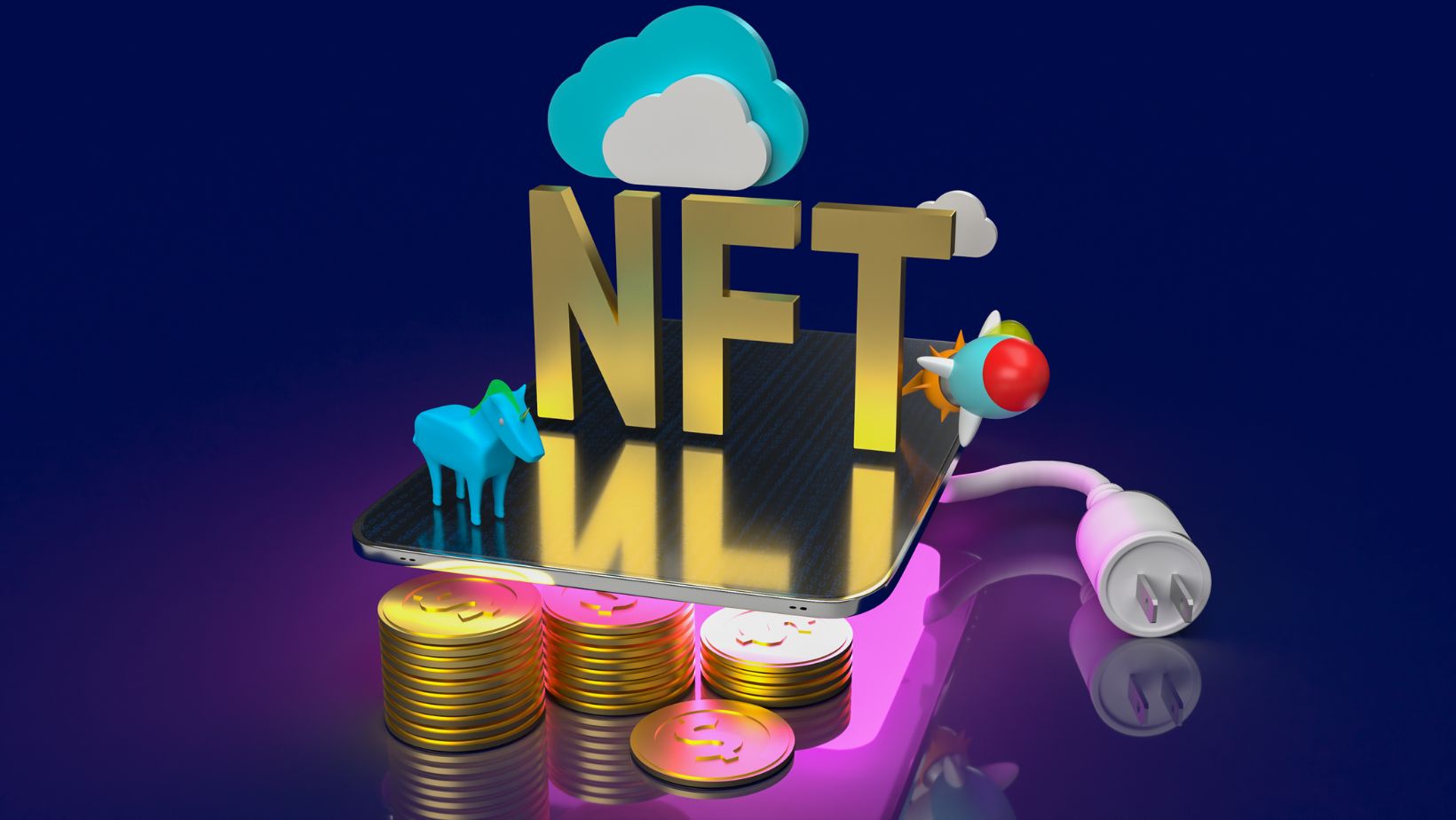
A fundamental issue facing the digital world for a long time has been how to prove genuine ownership of digital assets that are easily copied. Non-Fungible Tokens (NFTs) are now addressing this issue by using blockchain technology to provide verifiable proof of ownership. These distinct digital tokens are altering the way we buy, sell, and value digital goods across a wide range of industries.
NFTs Reshape Casino Reward Systems
The gambling industry has found new ways to use NFTs, particularly in crypto casinos, where they are changing player rewards and engagement strategies.
Many cryptocurrency casinos now have NFT-based loyalty programs that go beyond traditional point systems. Players can earn unique digital collectibles that grant them access to VIP experiences, special games, or better odds. These NFTs are valuable because they can be traded or sold on secondary markets, as opposed to traditional casino comps or points.
Some platforms have created playable NFT characters with distinct abilities that influence gameplay, and others allow players to stake their NFTs so they can earn passive income while playing. Bitcoin casinos that use these systems have seen increased player retention and engagement, so they are now popular options for both players looking for new experiences as well as secure and private gambling activity.
The evolution of dynamic NFTs adds a new dimension, as these tokens can change based on player activity. A frequent player’s NFT may “level up” with new visual elements or perks, which results in a personalized record of their gaming journey.
The immersive possibilities grow as crypto casinos integrate with metaverse platforms. Virtual casino environments are being developed in which NFTs represent everything from player avatars to virtual real estate within the gaming space, and that opens up new opportunities for both operators and players.
Digital Asset Ownership
NFTs deal with a fundamental issue in the digital space by allocating unique, non-interchangeable tokens to digital assets on blockchain ledgers. This generates verifiable ownership records that cannot be altered or disputed. Digital creators are able to “sell” their work with a clear provenance for the first time.
This technology has proven to be especially useful for digital artists. They now mint their creations as NFTs and sell them directly to collectors, eliminating any need for intermediaries. Smart contracts embedded in these NFTs can automatically pay royalties to the original creator whenever the NFT changes hands in secondary sales. This gives artists unprecedented control over their intellectual property and revenue streams.
The art market demonstrated NFTs’ financial potential when Beeple’s digital collage “Everyday: The First 5000 Days” sold for $69.3 million at Christie’s auction. Musicians are also looking into NFTs, with bands like Kings of Leon releasing albums as tokens that include exclusive content and experiences for buyers.
Gaming and Virtual Real Estate
The gaming industry, in general, has embraced NFTs to represent in-game assets. Players can now truly own their digital items through trading characters, weapons, and skins outside of games. This has resulted in play-to-earn models in which gaming activities generate real-world income.
Virtual real estate platforms such as Decentraland and The Sandbox have created markets where users can buy land parcels using NFTs. These digital properties can generate revenue with advertising, events, or leasing arrangements, similar to physical real estate but in digital form.
Legal and Practical Challenges
As NFTs gain popularity, they raise complex legal issues regarding intellectual property rights. The buyer does not immediately acquire copyright or reproduction rights just because they own an NFT. The lawsuit between Quentin Tarantino and Miramax over “Pulp Fiction” NFTs highlighted this issue, as Tarantino attempted to sell NFTs related to the film.
Standardized licensing agreements and more transparent legal frameworks are needed in the industry to safeguard both buyers and creators. Conflicts will persist without these since technology is advancing faster than current legal structures.

NFTs have the potential for supply chain management and identity verification in addition to creative applications. Organizations can create secure and tamper-proof records by tokenizing identification documents or product certificates. This has the potential to transform processes in education, healthcare, and logistics by increasing transparency and reducing fraud.
Environmental and Technical Considerations
Critics have legitimate concerns about the environmental impact of NFTs, particularly those used on energy-intensive proof-of-work blockchains such as Ethereum (prior to its upgrade). The carbon footprint of mining operations has prompted many in the NFT community to look for greener alternatives.
The industry’s response is a move toward proof-of-stake consensus systems that use less energy. Layer 2 solutions that process transactions outside of the main blockchain also reduce energy consumption and transaction costs.
NFTs are becoming more useful for everyday use as technology advances. Early adopters were charged high “gas fees” for transactions, but newer systems significantly lower these costs while maintaining security.
The ultimate impact of NFTs on digital ownership remains to be seen, but their fundamental innovation, which is creating scarcity and provable ownership in an infinitely reproducible digital world, marks a significant shift in how we value and monetize digital assets. NFTs will probably stop being a speculative trend and instead become an integral component of the digital economy as legal and technological frameworks advance. The technology offers promising ways to reimagine ownership in digital spaces, generating new opportunities in fields ranging from art and entertainment to finance and identity management.



